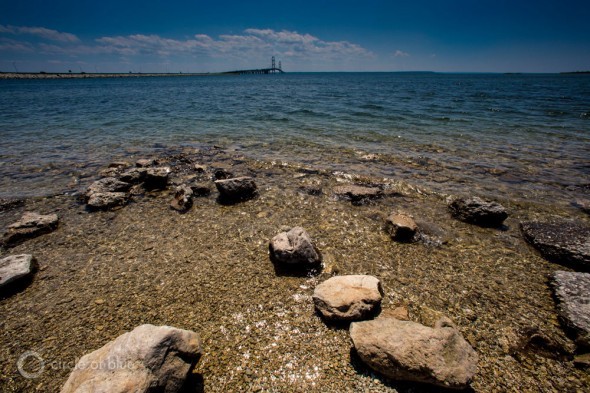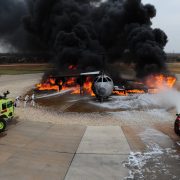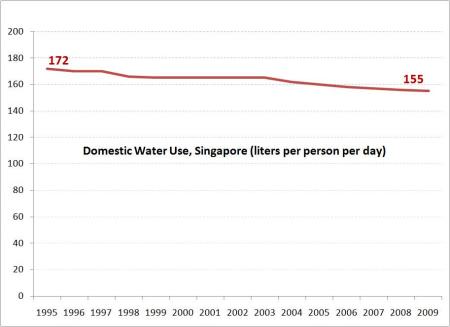Lawsuit Asks For Regulations To Address Underwater Oil Pipeline Spills
National Wildlife Federation says federal agency has allowed pipelines to operate illegally for two decades.
By Codi Kozacek
Circle of Blue
Spurred by concern over an oil pipeline crossing beneath the Straits of Mackinac, the National Wildlife Federation on Thursday filed a lawsuit claiming that the federal agency responsible for regulating pipelines has failed to comply with the Clean Water Act.
The suit, filed in the United States District Court for Eastern Michigan, says the U.S. Department of Transportation has not reviewed or approved response plans for oil spills from pipelines that cross rivers and lakes. Currently, pipeline operators are required to submit response plans for oil spills occurring along the portion of the line that crosses land, but are not required to complete separate plans for spills that occur in areas where the line travels through or under inland waterways. According to the lawsuit, this is a violation of the Clean Water Act and a 1990 Oil Pollution Act directive to regulate spill plans for “transportation-related inland offshore facilities”.
“This lawsuit is based on the Department of Transportation’s failure to perform a duty imposed by the Clean Water Act to make sure oil pipelines in navigable waters landward of the coast have adequate resources to respond to a worst-case oil spill,” Neil Kagan, senior counsel for the NWF, told reporters during a press conference Thursday. “DOT has never fulfilled this duty, even though it was imposed more than 20 years ago.”
This lawsuit is based on the Department of Transportation’s failure to perform a duty imposed by the Clean Water Act.”
–Neil Kagan, senior counsel
National Wildlife Federation
High-profile oil spills and pipeline system expansions to accommodate an influx of heavy crude oil flowing into across the United States and Canada have focused attention on pipeline safety over the past five years. In 2010, a pipeline near Michigan’s Kalamazoo River ruptured and created the largest inland oil spill in U.S. history. A pipeline spill in Arkansas in 2013 polluted a nearby lake. Earlier this year, a pipeline underneath the Yellowstone River in Montana spilled more than 113,000 liters (30,000 gallons) of oil into the water. On September 30, Canadian company Enbridge, which operated the pipeline that failed near Kalamazoo, cleared the final regulatory hurdle for a project to reverse and expand one of its oil pipelines that follows the northern shore of Lake Ontario and the St. Lawrence River.
Nationwide, pipelines carrying hazardous liquids cross inland water bodies greater than 30 meters wide (100 feet) at 5,110 locations, according to a 2012 inventory by the Pipeline and Hazardous Materials Safety Administration (PHMSA). In the report to Congress, the agency, a division of the DOT, recorded 20 pipeline accidents in inland waters between 1991 and 2012.
“Cleaning up oil when it is in the water is a different process than cleaning it up on the land,” Mike Shriberg, Regional Executive Director of the NWF’s Great Lakes Regional Center, said at the press conference. “That’s the distinction in the law that we’re really trying to ensure that the DOT actually enforces.”
NWF’s campaign for more stringent pipeline safeguards kicked into gear following the 2010 Kalamazoo River spill, Shriberg said. Since then, the group has spearheaded efforts to highlight the spill risk from an 8-kilometer (5-mile) portion of pipeline that carries oil underneath the Straits of Mackinac, the fast-flowing band of water connecting Lake Michigan and Lake Huron. The pipeline, known as Line 5, is also operated by Enbridge.
We have had an emergency responses plan in place for decades and annually schedule exercises to test the plan.”
–Michael Barnes, senior manager of operations and project communications
Enbridge
A report issued in August by a special Michigan task force expressed significant unease about the Line 5 crossing. But the company insists the 62-year-old pipeline is safe and said it has a plan in place to respond to a spill in the Straits, which modelers predict could spread quickly due to strong currents. Last month, Enbridge completed a voluntary spill response drill that simulated a three-minute incident that would release 4,500 barrels of light crude oil.
“As far as I know the drill was not a requirement by the DOT,” Michael Barnes, senior manager of operations and project communications at Enbridge, wrote in an email to Circle of Blue. “We worked with the U.S. Coast Guard and PHMSA (which is part of the DOT) to drill together. We have had an emergency responses plan in place for decades and annually schedule exercises to test the plan. The DOT requires having a plan in place, which we do. We are always looking to improve and update our plans—it’s a continuous improvement process.”
A news correspondent for Circle of Blue based out of Hawaii. She writes The Stream, Circle of Blue’s daily digest of international water news trends. Her interests include food security, ecology and the Great Lakes.
Contact Codi Kozacek












Leave a Reply
Want to join the discussion?Feel free to contribute!